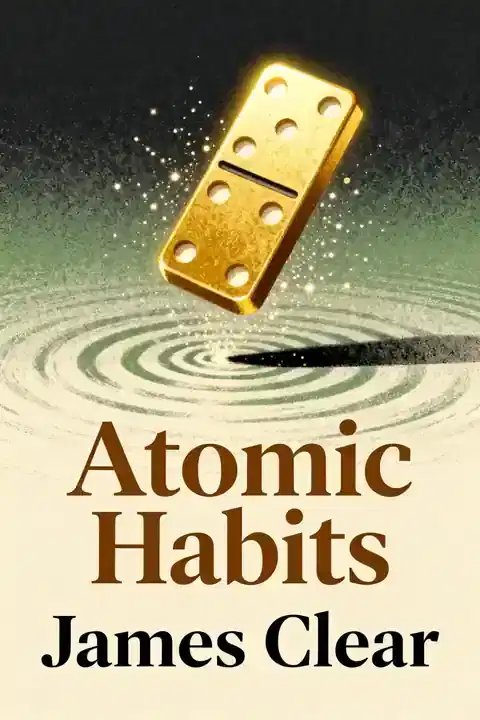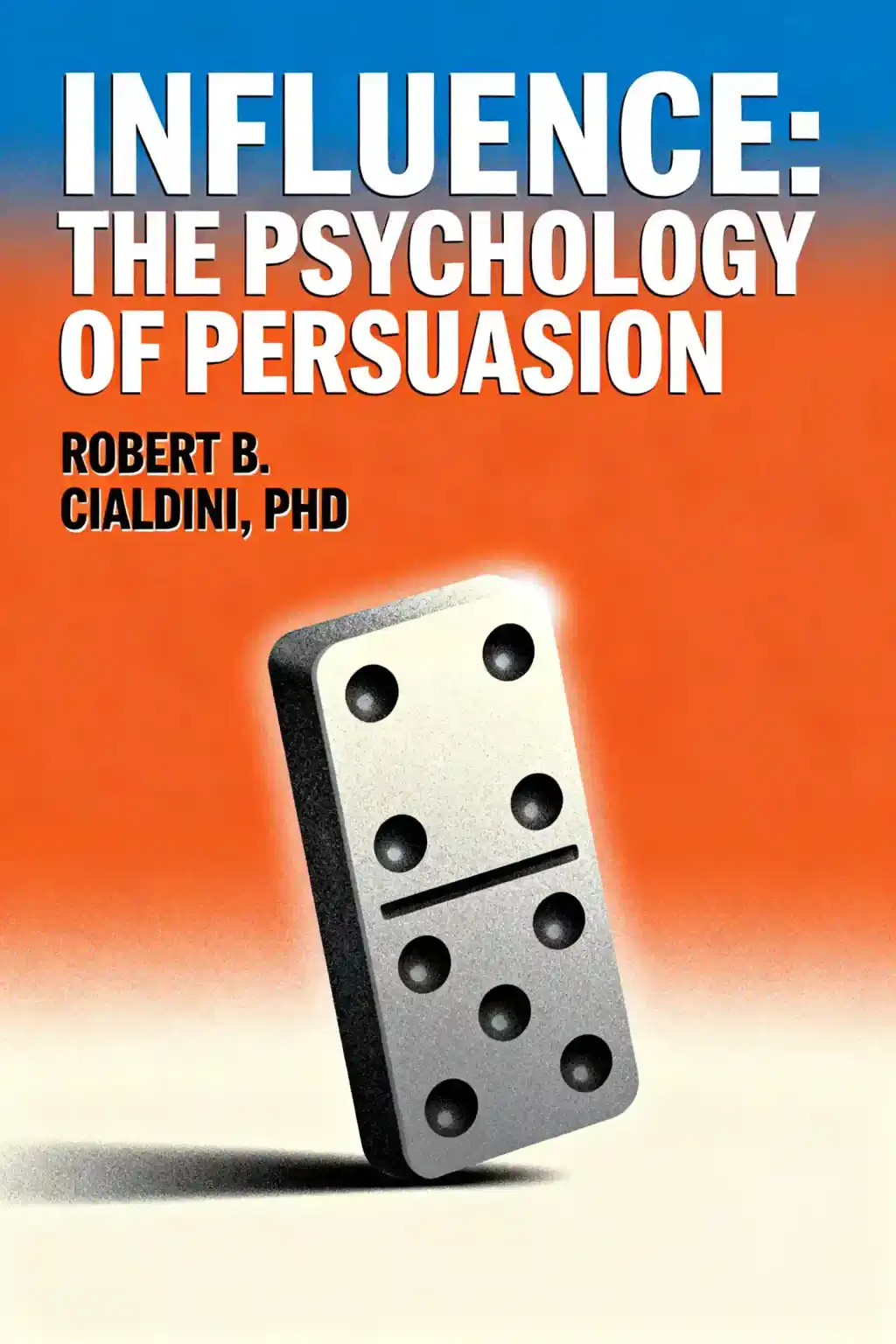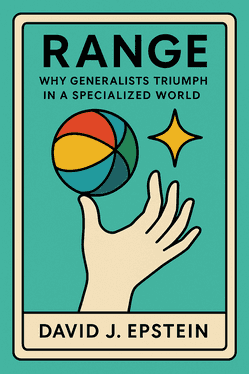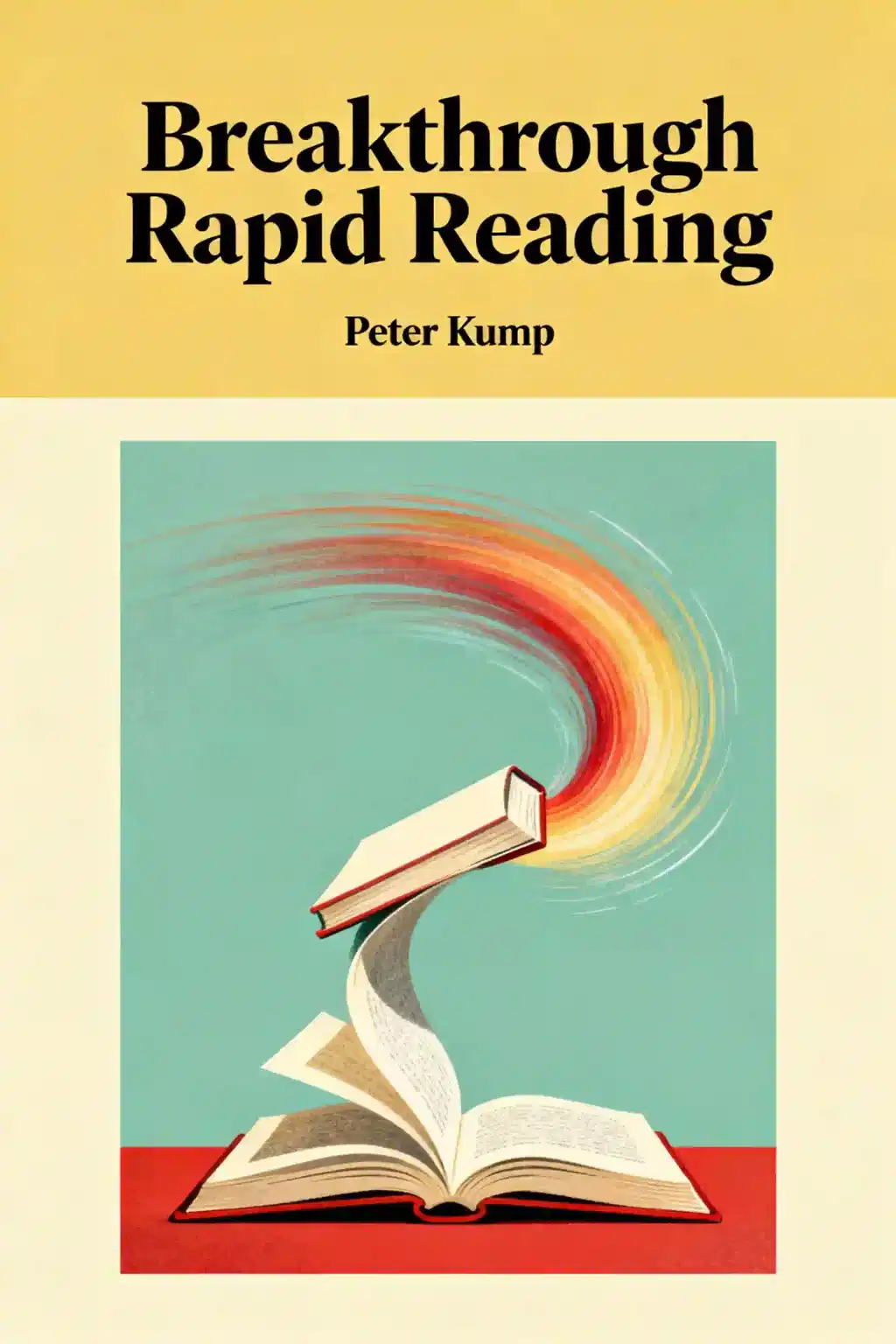What is The Science of Rapid Skill Acquisition by Peter Hollins about?
The Science of Rapid Skill Acquisition by Peter Hollins is a practical guide that combines psychology, neuroscience, and productivity techniques to help readers master new skills faster than traditional methods allow. The book provides a step-by-step framework covering principles like deliberate practice, mental models, feedback loops, and the 80/20 rule to accelerate learning and develop muscle memory for both professional advancement and personal growth.
Who is Peter Hollins, the author of The Science of Rapid Skill Acquisition?
Peter Hollins is a bestselling author and human psychology researcher specializing in behavior and cognitive science. He holds a bachelor's degree in psychology and a graduate degree, establishing himself as a prominent voice in translating complex psychological concepts into accessible, practical knowledge. Hollins focuses on decision-making, cognitive biases, and human behavior, making his expertise particularly relevant to skill acquisition and personal development.
Who should read The Science of Rapid Skill Acquisition?
The Science of Rapid Skill Acquisition is ideal for professionals seeking career advancement through new competencies and individuals pursuing personal hobbies or self-improvement goals. The book suits anyone frustrated with slow learning progress, career changers needing to acquire skills quickly, students optimizing study methods, and lifelong learners wanting evidence-based techniques. Both beginners starting new learning journeys and experienced learners hitting plateaus will find actionable strategies.
Is The Science of Rapid Skill Acquisition worth reading?
The Science of Rapid Skill Acquisition is worth reading for anyone serious about learning efficiently, as it provides research-backed strategies from cognitive psychology rather than generic advice. Peter Hollins delivers actionable frameworks like deliberate practice, mental rehearsal, and skill deconstruction that readers can immediately apply. The book's value lies in its practical, step-by-step approach combining scientific insights with real-world examples, making complex neuroscience accessible and motivating for everyday learners.
What are the 10 principles of rapid skill acquisition in Peter Hollins' book?
The 10 principles of rapid skill acquisition in Peter Hollins' book serve as a foundational checklist for efficient learning. These principles include identifying clear, specific goals, breaking down complex skills into smaller manageable components, ensuring consistent practice schedules, and maintaining focus throughout learning sessions. The principles act as a systematic framework that addresses common learning barriers, helping readers structure their skill development journey from initial goal-setting through mastery.
What is deliberate practice according to The Science of Rapid Skill Acquisition?
Deliberate practice in The Science of Rapid Skill Acquisition means purposefully working on weak points and consistently pushing beyond comfort zones rather than mindlessly repeating tasks. Drawing from Anders Ericsson's research, Peter Hollins explains that deliberate practice involves identifying specific areas needing improvement, designing targeted exercises, and maintaining intense concentration during practice sessions. The book provides concrete techniques and examples to make practice sessions more productive and results-oriented.
How does mental rehearsal accelerate skill learning in Peter Hollins' framework?
Mental rehearsal accelerates skill learning by activating similar neural pathways as physical practice, effectively training the brain without actual performance. Peter Hollins explains in The Science of Rapid Skill Acquisition that visualization techniques complement physical practice by strengthening muscle memory and improving performance consistency. This approach proves particularly valuable when time, resources, or physical access to practice environments is limited, allowing learners to continue skill development mentally.
What is the 80/20 rule in The Science of Rapid Skill Acquisition?
The 80/20 rule (Pareto Principle) in The Science of Rapid Skill Acquisition teaches learners to focus on the 20% of techniques or activities that yield 80% of desired results. Peter Hollins emphasizes that identifying and concentrating on high-impact skill components prevents wasted effort on marginal improvements. This principle helps learners prioritize practice time efficiently, ensuring rapid progress by investing energy where it matters most rather than attempting to master every minor detail simultaneously.
How does The Science of Rapid Skill Acquisition recommend overcoming learning plateaus?
The Science of Rapid Skill Acquisition addresses learning plateaus through strategies like introducing practice variation, changing learning environments, and revisiting original goals for motivation. Peter Hollins explains that plateaus occur when the brain adapts to routine, requiring novel challenges to stimulate continued growth. The book provides specific techniques for pushing through stagnation, including adjusting difficulty levels, seeking new feedback sources, and breaking skills into even smaller components to identify hidden improvement opportunities.
What role do feedback loops play in rapid skill acquisition?
Feedback loops are critical for improvement in The Science of Rapid Skill Acquisition, as constructive and immediate feedback enables learners to identify errors and adjust techniques quickly. Peter Hollins outlines methods for creating self-feedback systems, tracking measurable progress, and implementing corrections in real-time. The book emphasizes both external feedback from mentors and internal self-assessment mechanisms, teaching readers how to become their own best critics and accelerate the refinement process.
Why does Peter Hollins emphasize intense focus for skill acquisition?
Peter Hollins emphasizes intense focus in The Science of Rapid Skill Acquisition because short bursts of deep, distraction-free concentration prove far more effective than long, unfocused practice periods. The book explains that eliminating distractions during learning sessions allows the brain to form stronger neural connections and encode information more efficiently. Hollins argues that focused practice quality matters significantly more than quantity, with concentrated 20-minute sessions often outperforming hours of divided attention.
How does skill deconstruction work in The Science of Rapid Skill Acquisition?
Skill deconstruction in The Science of Rapid Skill Acquisition involves breaking complex skills into smaller, digestible components that learners can master individually before combining them. Peter Hollins explains that this approach reduces overwhelm, allows focused practice on specific weak areas, and speeds overall mastery by creating achievable milestones. By deconstructing skills through mental models and systematic analysis, learners can identify the fundamental building blocks and practice them deliberately rather than attempting to tackle everything simultaneously.

























